Finding a Cycling Group After a Break
Embarking on a cycling journey after a break can be both exciting and challenging, but finding the right group to ride with can significantly impact your overall experience. By understanding the diverse dynamics of various cycling groups and doing the necessary research to locate local communities that align with your interests, you will be better equipped to connect with like-minded cyclists. With a focus on honing your cycling techniques, etiquette, and bike maintenance skills, you can confidently navigate group rides and foster a welcoming and safe environment for all participants. Additionally, putting a strong emphasis on personal fitness, nutrition, and hydration will ensure that you are prepared to tackle any challenges on the road and enjoy a rewarding return to group cycling.
Cycling Group Dynamics
Cycling groups come in all shapes and sizes, each focused on different aspects of the sport and catering to riders with diverse preferences and goals. For those returning to cycling after a break, diving into the world of group rides can be an excellent way to reignite passion for the sport and find camaraderie.
Leisure groups, fitness-focused groups, and competitive groups are just a few of the varieties you might encounter as you begin your search.
Leisure groups
Leisure groups often emphasize the social aspects of cycling, with a focus on enjoying the scenery and getting outdoors. These more casual rides generally move at a relaxed pace, often making stops at local points of interest, and are inclusive of riders with a wide range of skill levels. For those returning from a hiatus, leisure groups can be a fantastic option to ease back into the cycling community without the pressure of maintaining a high pace or needing top-notch skills.
Fitness-focused groups
Fitness-focused groups cater to riders looking to improve their physical abilities but still value the social aspect of group cycling. These groups are typically geared towards intermediate riders and might involve more structured rides, such as hill repeats or interval training. The pace will likely be faster and more consistent than that of a leisure group, providing an opportunity for those returning to cycling to push themselves in a supportive environment.
Competitive groups
Competitive groups present a more intense cycling experience, appealing to those with aspirations of racing or serious athletic progression. These rides often involve specific training goals and are led by experienced riders, who provide guidance and encouragement to those seeking to up their game. Joining a competitive group might be ideal for someone who had raced before their break and now wishes to return to that level of competition, or for individuals who have significantly improved their fitness and desire a more challenging ride experience.
As you explore various cycling groups to find one that aligns with your current needs and preferences, keep in mind that many clubs and organizations offer multiple group rides at different levels, making it easier for you to transition as your skill and fitness improve. To discover the ride options available in your area, connect with local bike shops, visit online forums, join social media groups, or attend community events. By putting yourself out there and being open to trying different groups, you will likely find the perfect fit that not only helps you regain your passion for cycling but also allows you to make new friends along the journey.
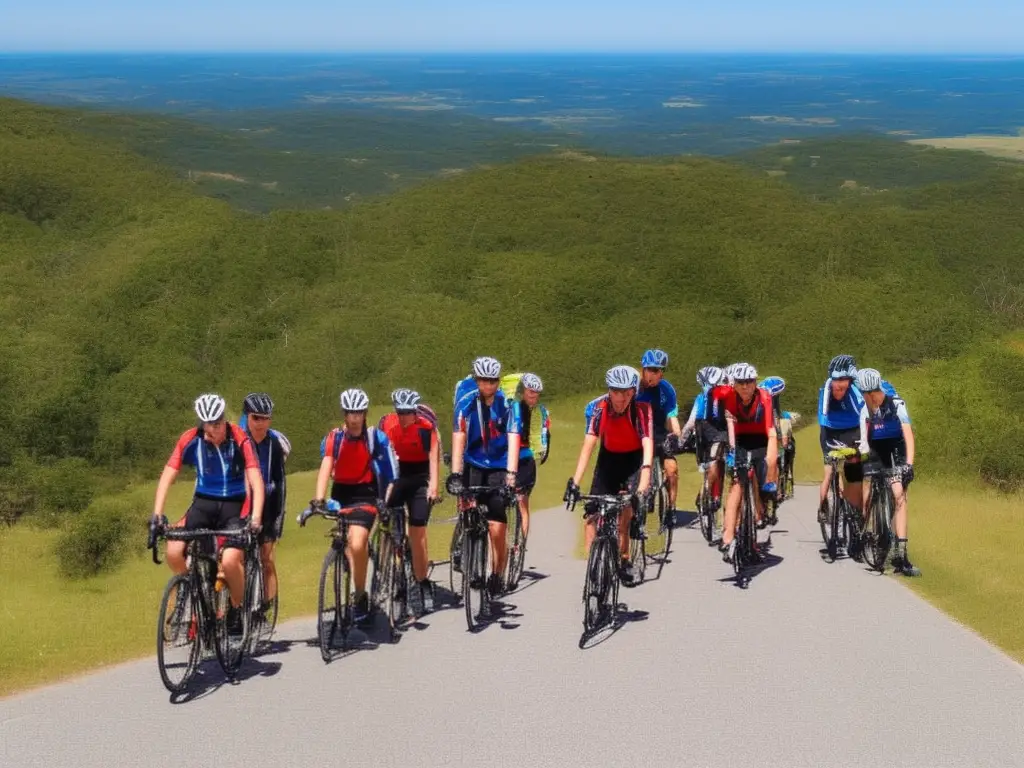
Local Cycling Communities
Another effective way to find a cycling group after taking a break is by researching local cycling organizations and clubs. These groups typically comprise like-minded individuals who share a passion for cycling and offer excellent networking opportunities. Participating in club rides or becoming a member allows you to engage with cyclists of all skill levels, learn about upcoming events, and find a supportive group to ride with. Moreover, many clubs organize training rides and events catering to different skill levels, which can be especially beneficial when easing back into the sport after a break.
Another great resource when seeking a local cycling community is bike shops in your area. Bike shops are often hubs for the cycling community and can offer valuable information on local events and clubs. In addition to providing bike maintenance and retail services, bike shops are frequently involved in organizing group rides, sponsoring local clubs, and supporting the cycling community in various ways. Don’t hesitate to ask the staff about cycling groups and upcoming events because they may have valuable knowledge and connections within the local cycling community.
Meetup groups and online forums are also great places to find a cycling group, especially for those who are new to an area or returning to the sport after a break. These platforms allow you to easily find group rides, events, and cyclists with similar interests. Websites like Meetup.com, Facebook groups, and Reddit subforums provide a space to connect with other cyclists, plan meetups, and discover new cycling routes in your area. The advantage of these online communities is the ability to find the right group rides that cater to your individual skill and fitness level.
Exploring local cycling routes can be another way to find a cycling group after a break. Familiarize yourself with popular cycling routes in your area, as they are likely to have regular group rides that you can join. Websites like Strava, MapMyRide, and RidewithGPS provide comprehensive databases of curated cycling routes, with information on distance, elevation, and difficulty. Furthermore, these platforms often have information about group rides and events on these routes, thus connecting you to local cycling communities.
Finally, don’t forget to participate in local cycling events, as these gatherings bring together cyclists of all levels and can be an excellent opportunity for networking. Events like charity rides, races, and group rides organized by clubs or bike shops are great for engaging with the cycling community. You can find events through local cycling organizations, bike shops, or by utilizing social media and online forums. By connecting with other cyclists at these events and sharing your passion for the sport, you are much more likely to find a group to join and get back into the rhythm of cycling after a break.
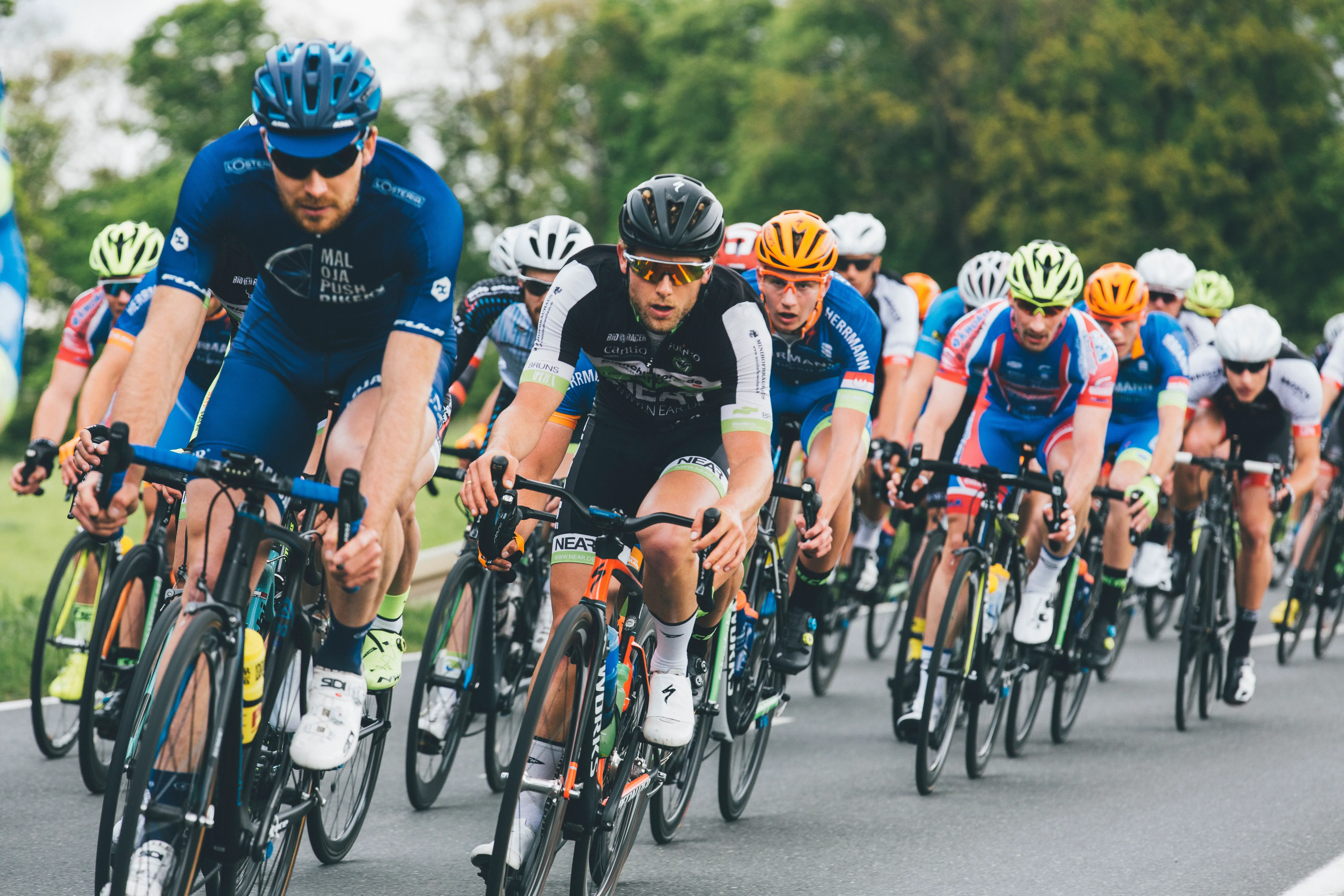
Photo by markusspiske on Unsplash
Cycling Techniques
Once you’ve made connections with other cyclists, it’s important to refresh your knowledge of proper cycling techniques before returning to group rides. One fundamental aspect to work on is maintaining balance while riding. This helps ensure that you are not only comfortable during your rides but also prevents accidents caused by losing control of your bike. Spend some time practicing on your own, perhaps in a quiet area or low-traffic street, to regain your balance skills and feel more confident when you return to group rides. Being prepared and confident in your abilities will make it easier to find and integrate into a new cycling group after your break.Another crucial cycling technique to revisit is the art of shifting gears effectively. Having a good understanding of how and when to shift gears ultimately increases your efficiency and endurance during rides. Practice shifting smoothly on various terrains, such as uphill climbs, flat sections, and downhills. Familiarize yourself with the gear range on your bike, as this will help make your transitions seamless, especially when rejoining a cycling group where keeping up with the pace is vital.Cornering is another technique that requires proper execution to maintain your safety and that of your fellow riders in a cycling group. Efficient cornering involves leaning into the turn with your body and steering your bike precisely. A helpful tip is to enter a corner on the outside, cut toward the inside as you reach the apex, and then exit wide. Practicing these maneuvers will help you become more proficient and give you the confidence to handle tight turns effectively while in a group.Reacquainting yourself with proper braking technique is also essential when getting back into group cycling. Be gentle with your brakes and apply pressure evenly between the front and rear brakes to maintain control. Avoid sudden braking, as it can lead to accidents in a group setting. Instead, gradually slow down and always signal your intentions to ensure your fellow riders are aware of your actions.Lastly, honing your ability to ride within close proximity to others is crucial for group cycling. Practice drafting behind other riders, as this enables you to save energy by using their slipstream. Be sure to remain aware of your surroundings and maintain a steady pace. It is also critical to communicate effectively with your fellow riders to signal upcoming turns, obstacles, or changes in speed. By emphasizing the development of these core techniques, you will not only increase your riding confidence and safety but also ease your transition back into group cycling after a break.
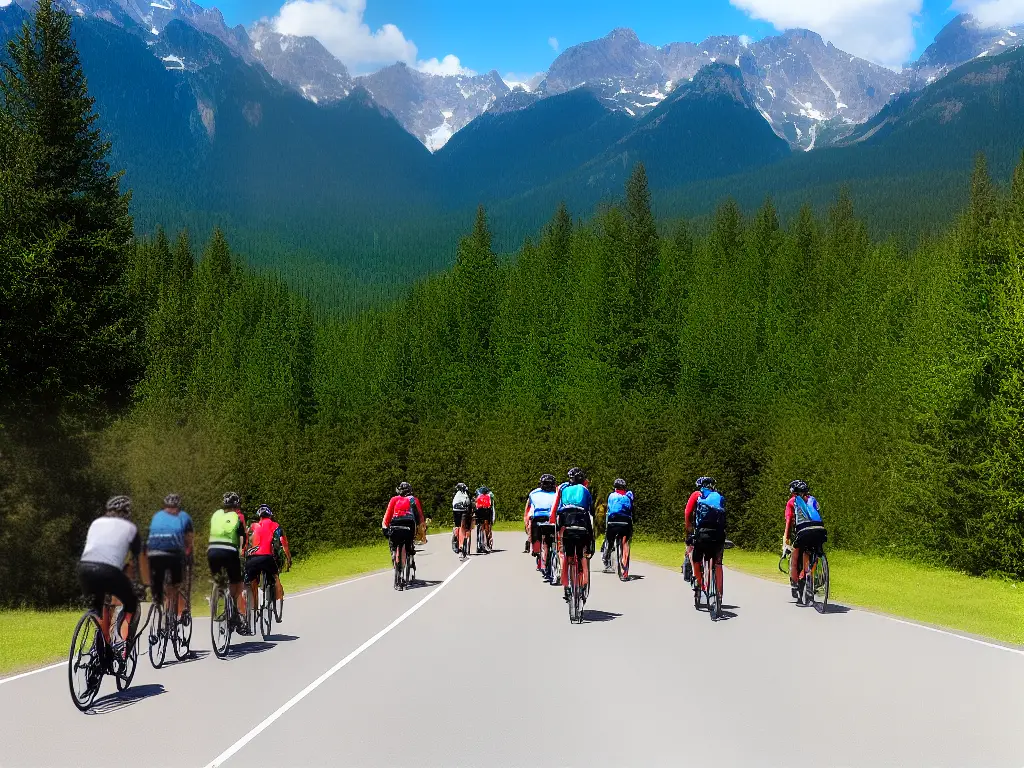
Cycling Etiquette
In addition to honing your technical skills, it is vital to refresh your knowledge of cycling etiquette before joining a group ride, particularly after taking a break. Proper communication during group rides is essential to ensure the safety and enjoyment of all participants involved. This includes using signals and verbal cues to alert fellow riders of upcoming turns, obstacles, or changes in speed. Being able to effectively communicate with your cycling group is especially important after an extended break, as you may need extra guidance and support to regain your form and confidence on the bike.
Following traffic regulations while riding in a group is also essential for everyone’s safety and maintaining a good reputation for cyclists in your community. This means stopping at stop signs and red lights, yielding to pedestrians, and riding single-file when appropriate, even if it’s after a break in your cycling routine. It is crucial to be aware of the rules and regulations for riding bikes in your area, as well as any adjustments that may have been implemented during your break from cycling.
When returning to a cycling group after a break, it’s essential to respect other riders’ varying skill levels and maintain a cooperative attitude. Keeping a steady pace, not overlapping wheels, and being mindful of safe passing will help maintain a sense of camaraderie among your fellow riders. As you regain your cycling fitness, it’s important not to push yourself too hard in the first few rides so you can be more considerate of others on the ride and attentive to their needs.
In addition to these key components of cycling etiquette, it is essential to be equipped with the necessary gear and maintain your bike in good working condition when rejoining a cycling group after a break. This includes wearing a helmet, having a well-maintained bike, and carrying all the necessary tools and supplies (such as a spare tube, tire pump, and multi-tool) needed for any potential mid-ride repairs. Being prepared and self-reliant will allow you to better focus on your surroundings and enjoy the camaraderie of the group ride.
As you return to cycling after a break, it’s crucial to connect with fellow riders in your group and be receptive to feedback from seasoned cyclists. They can provide valuable tips and advice on how to regain your cycling skills and adjust to any changes in group dynamics or local riding conditions. Equally important is offering praise and encouragement to your fellow riders as you work together to create a supportive and enjoyable group riding experience.

Bicycle Maintenance
A vital aspect of being ready to join a cycling group after a hiatus is ensuring your bicycle is in excellent working condition. This involves routinely inspecting various parts of your bike, such as the frame, wheels, tires, and other components, for any signs of wear or damage. Address any issues you discover during these inspections promptly, to avoid potential problems during group rides. By staying proactive about general maintenance, you can be confident that your bike will perform well when riding with a group.
Tire pressure is another important factor to consider when preparing for group rides. It’s a good idea to check your tire pressure before each ride, as improper tire pressure can lead to flats, decreased efficiency, and reduced handling capabilities. Familiarize yourself with the optimal tire pressure for your specific bicycle and tires, which can usually be found on the tire’s sidewall or in the manufacturer’s guidelines. Don’t forget to invest in a reliable pump with an accurate pressure gauge to make this routine task easier and more precise.
Brake adjustments are essential to ensuring a safe and enjoyable ride when joining a cycling group. Over time, brake pads can become worn and less effective, or the cables might stretch, requiring adjustments for optimal functionality. Pay attention to your bike’s stopping capacity when you ride and familiarize yourself with the process of adjusting your brakes, whether they are rim, disc, or hydraulic systems. Ensuring that your brakes are in proper working order will not only improve your own safety on rides but will also contribute to the safety of the entire group.
In addition to the aforementioned maintenance tasks, it’s a good idea to regularly clean and lubricate your bicycle’s drive-train components. This includes the chain, cassette, chainrings, and derailleurs. A clean and well-lubricated drive-train will help your bike shift more smoothly and efficiently while also prolonging the life of these valuable components. Performing basic maintenance yourself can also contribute to your overall knowledge and connection with your bicycle, making the whole cycling experience more enjoyable when you hit the road with your group.
Recognizing the importance of bicycle maintenance is crucial when returning to a cycling group after a break. Ensuring your bike is in excellent condition and frequently inspecting and adjusting key components will not only prolong the life of your bike, but also provide a safer and more enjoyable experience when riding with your group. Additionally, consistent practice and riding will familiarize you with your bicycle and enhance your overall skills on the road, making it smoother to reintegrate into a group setting.
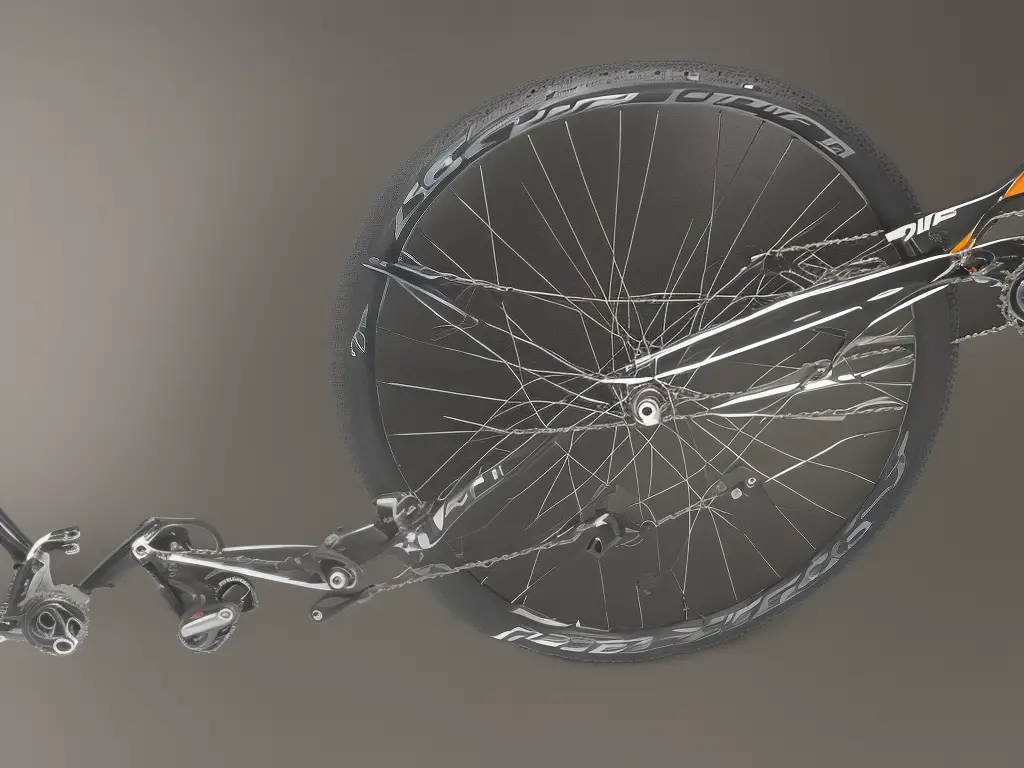
Fitness and Training
Regarding fitness and training, it’s vital to develop a personalized cycling training plan to progressively rebuild your fitness level and endurance after a break. This plan should incorporate structured workouts, rest days, and various types of rides, allowing you to comfortably ease back into regular cycling. Begin by establishing clear and achievable goals, such as incrementing your weekly mileage or participating in a specific local event. With a tailored plan, you can effectively monitor your progress and stay motivated as you work towards reaching your desired performance level.
Incorporating cross-training activities into your cycling training plan is another crucial element to improve your overall performance. Strength training, for instance, is critical to building the power and endurance needed for cycling. Focus on exercises that target key cycling muscle groups, such as your quadriceps, hamstrings, glutes, and core. Additionally, practicing yoga can help to enhance your flexibility and balance, which are essential for maintaining proper cycling posture and preventing injuries.
Running is another cross-training activity that can be valuable within your cycling training plan. As an aerobic exercise, running can help to improve your cardiovascular fitness and overall endurance. Be sure to incorporate varied running workouts into your program, including intervals, tempo runs, and longer, slower-paced runs. Combining these different types of activities will ensure that you are well-rounded in your fitness foundation and better prepared to tackle the challenges that come with increasing your cycling performance.
Finding a cycling group to join after a break can be tremendously beneficial to your training journey. Not only does it provide a social and supportive environment to stay motivated, but it can also help you learn new techniques and strategies from more experienced riders. Research your local cycling community, bike shops, or social media for group rides or clubs in your area. Begin with a group that matches your current fitness level and riding style, as this can help you build confidence and prevent overexertion or injury.
Don’t be afraid to regularly reassess and adjust your training plan based on your progress and how you feel. Listen to your body and be attentive to signs of excessive fatigue or strain, which might mean that you need to reduce the intensity or volume of your workouts. Gradually increasing your efforts while prioritizing recovery will help you lay a solid foundation for your cycling performance. As your fitness level improves, you can begin to incorporate more challenging rides or join faster-paced cycling groups to continue advancing on your journey.

Nutrition and Hydration
Moving forward, proper nutrition and hydration are essential components for any cyclist aiming to get back into group rides after a break. Meeting the body’s energy needs and maintaining fluid balance are critical for maximizing performance and recovery, while also making the transition back to group cycling a more enjoyable experience. By focusing on how to properly fuel the body both on and off the bike, you’ll be better prepared to become reacquainted with group riding dynamics and make a smooth integration into a cycling community that matches your current abilities and goals.
During group rides
It is important to consume enough carbohydrates to maintain blood sugar levels and provide sustained energy. This can be achieved through consuming energy gels, bars, or other portable, easy-to-digest snacks during the ride. It is equally important to replenish the body’s electrolytes and maintain hydration throughout the ride by sipping on water mixed with electrolyte supplements, especially during longer or more intense group rides. Adequate hydration will not only prevent dehydration and fatigue but also optimize the body’s ability to utilize nutrients and maintain peak performance during group rides.
Post-ride nutrition and hydration
are also crucial for the body’s recovery process, especially after challenging or prolonged group rides. Consuming a recovery meal or snack within 30 minutes to an hour after the ride, consisting of a balance of carbohydrates, proteins, and fats, will promote muscle repair and glycogen replenishment, ensuring a smoother reintegration into regular group cycling. Staying hydrated throughout the day and consuming antioxidant-rich foods can further contribute to reducing inflammation and supporting overall recovery.
When reintegrating into group rides after a break
it is worthwhile to educate oneself on the latest research-based recommendations for nutrition and hydration. Resources such as online articles, books, and expert advice from sports dietitians can provide guidance on how to create a tailored nutrition plan that addresses individual needs and goals. Emphasizing the role of nutrition and hydration when preparing for and completing group rides will ensure a safe, enjoyable, and successful return to cycling with others.
Planning for proper nutrition and hydration
can also enhance the social aspects of group cycling. Sharing recipes, exchanging favorite snack ideas, and discussing what works best for each individual can create a sense of camaraderie and support, helping to foster a strong and healthy cycling community. As cyclists continue to learn and grow in their understanding of proper nutrition and hydration strategies, they will be better equipped to support one another and excel as a group, creating a positive and inclusive environment for both novice and seasoned riders.
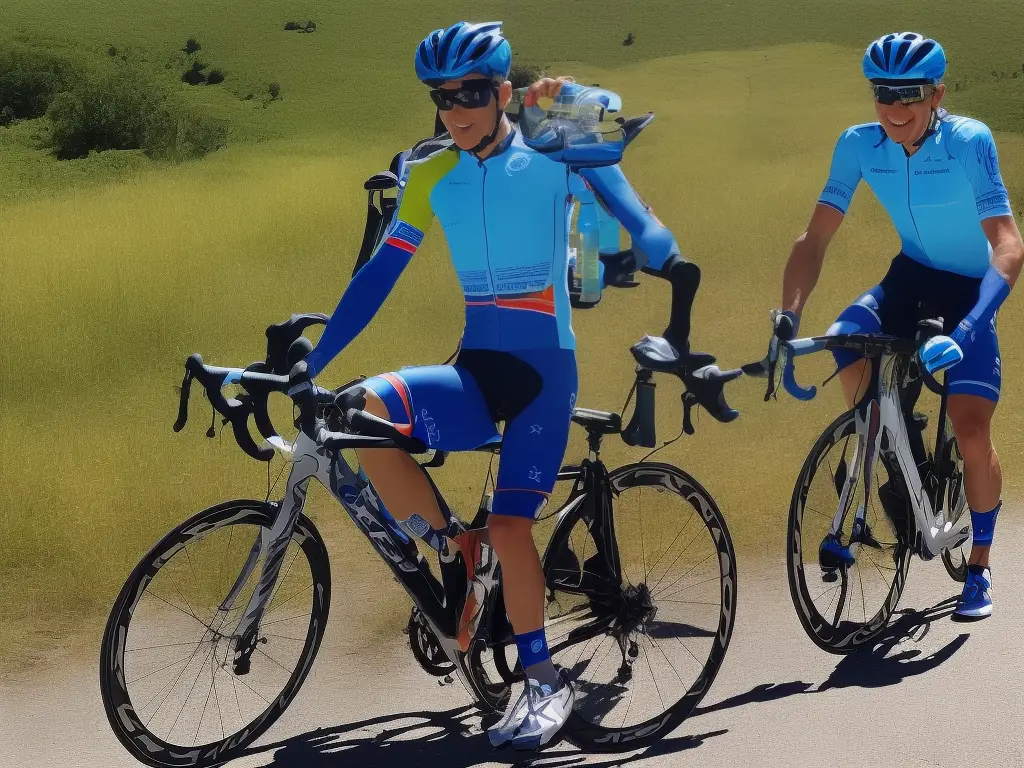
Overall, successfully reintegrating into group cycling after a break requires a thoughtful approach and a willingness to invest time and effort into refining your skills and knowledge. By meticulously researching and connecting with local cycling communities, you will find the ideal group that complements your preferences and goals. Ensuring that your cycling techniques, etiquette, and bike maintenance are up to par will enable not only a safer ride but also a more enjoyable experience for everyone involved. Finally, prioritizing your personal fitness, nutrition, and hydration will support optimal performance on group rides and create a strong foundation for your continued cycling journey.
